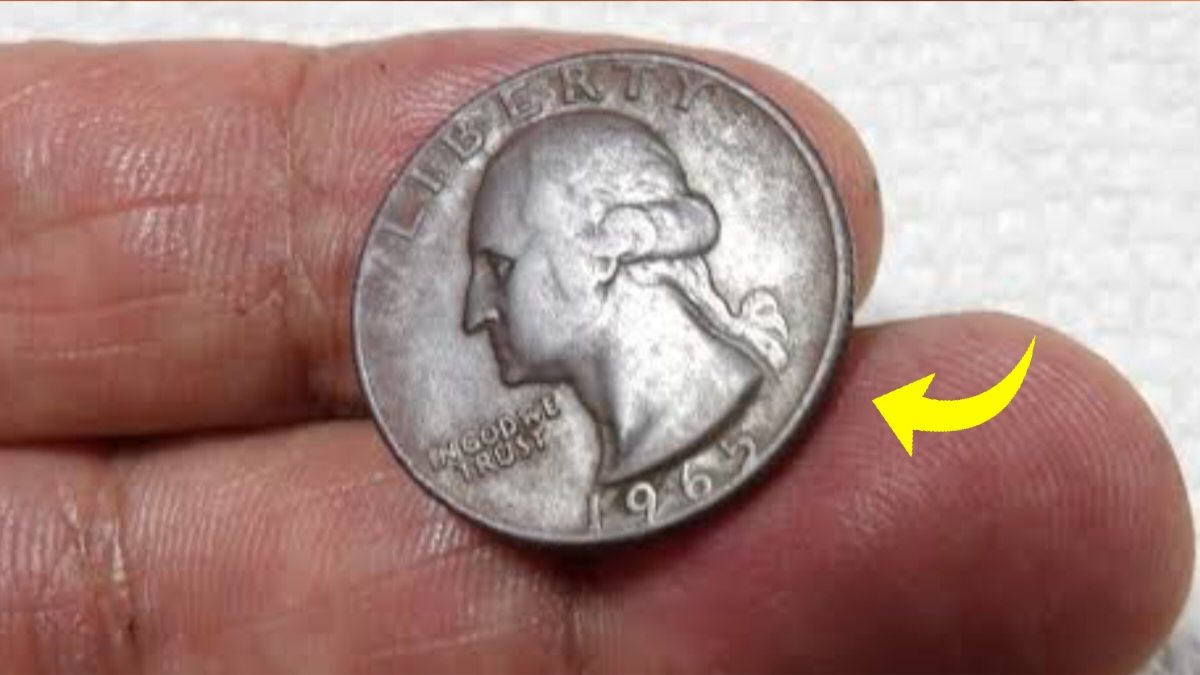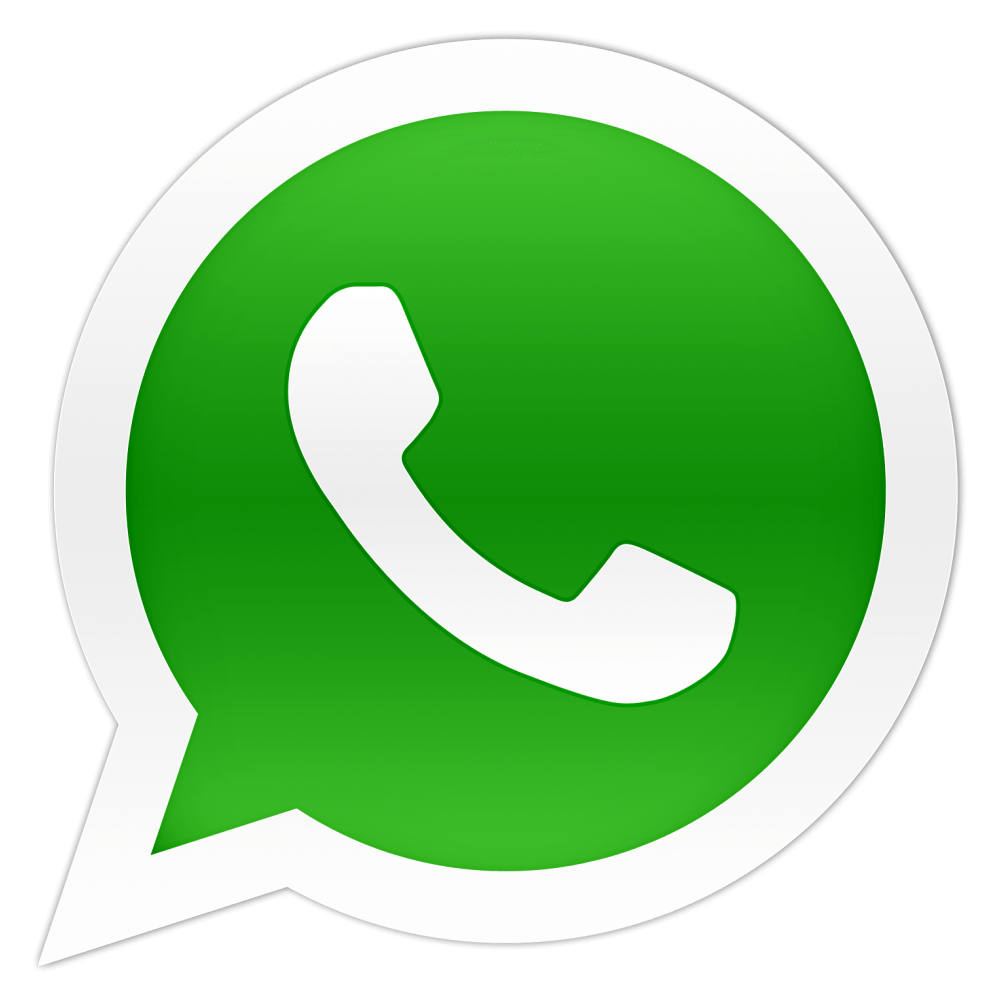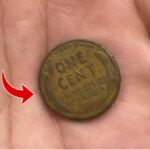1965 Silver Quarter Valued at $5.6 Million: Imagine a regular-looking quarter being worth more than $5 million. That’s the unbelievable reality behind the 1965 silver quarter—an ultra-rare minting error that has stunned the coin-collecting world. While most quarters from 1965 were made of copper-nickel, a few were mistakenly struck on leftover 90% silver planchets from 1964. These rare errors are nearly impossible to identify at a glance, yet they carry a shocking value—up to $5.6 million in pristine condition. What’s even more fascinating is that some of these valuable quarters may still be circulating undetected in everyday pockets, registers, or change jars across America. This discovery has reignited interest among collectors and casual hobbyists alike, all hoping to find one of these rare gems hiding in plain sight. So, could a fortune really be sitting quietly in your spare change? Here’s what you need to know.
How a Minting Mistake Created a Multi-Million Dollar Coin
The $5.6 million valuation of the 1965 silver quarter stems from an extraordinary minting error. In 1965, the U.S. Mint officially transitioned away from 90% silver coins, opting instead for a copper-nickel composition due to rising silver prices. However, a few leftover silver planchets from 1964 somehow made their way into the minting machines in early 1965. These planchets were accidentally stamped with the 1965 date, creating an extremely rare hybrid: a 1965-dated silver quarter that technically shouldn’t exist. Because this mistake was unintentional and only occurred in a limited number of coins, their rarity is exceptional. Only a handful of these error quarters are known to exist today, and their unique place in coinage history makes them highly sought after. It’s this fascinating combination of a minting error and extreme scarcity that fuels their enormous value among collectors.
What Makes This Quarter Worth $5.6 Million
The shocking value of the 1965 silver quarter lies in more than just its composition—it’s about rarity, historical context, and collector demand. First, the error itself is extremely scarce, with fewer than 20 confirmed examples ever discovered. Second, silver content in a 1965-dated coin directly contradicts official mint policy from that year, making it a standout in U.S. coinage history. Third, collectors are willing to pay astronomical prices for coins that are not only rare but also in exceptional condition. Certified high-grade examples that retain their original luster and show minimal wear command the highest prices. One such coin reportedly sold at auction for $5.6 million, setting a benchmark in the numismatic market. Its value is not just monetary—it represents a tangible piece of American history that defied regulations and slipped past quality control, only to become one of the most valuable quarters ever minted.
Could One Be Sitting in Your Pocket Right Now
Yes, it’s possible—though extremely rare—that a 1965 silver quarter could be circulating among everyday change. Most people never examine their coins closely, which increases the odds of such a coin going unnoticed. The silver quarter looks very similar to its copper-nickel counterparts, but there are subtle differences. The easiest first check is the coin’s edge: silver quarters lack the reddish-brown copper line seen on modern coins. You can also perform a weight test, as silver quarters weigh slightly more than their copper-nickel versions. A genuine 1965 silver quarter weighs around 6.25 grams, while the standard weighs about 5.67 grams. If you suspect you’ve found one, don’t clean or damage the coin—have it evaluated by a professional. Though chances are slim, people have unknowingly spent or discarded these quarters without realizing their value. A little curiosity and careful inspection might just lead to a life-changing discovery.
Other Quarters That Could Be Worth a Fortune
While the 1965 silver quarter is one of the most valuable, it’s not the only rare quarter worth serious money. The 1932-D and 1932-S Washington quarters are key dates that can sell for thousands of dollars. The 1970-S proof quarter struck on a Canadian coin is another oddity, valued at over $35,000. There’s also the 2004 Wisconsin state quarter with the “extra leaf” error, which has fetched hundreds to thousands depending on condition. Even modern quarters with double-die errors or off-center strikes can be valuable. In all these cases, rarity, condition, and uniqueness are the key factors. If you take the time to study your loose change, you might spot an anomaly that others have overlooked. With the right coin, a small piece of metal can translate into a massive payout. That’s why collectors and treasure hunters are constantly on the lookout.
Why the Coin Collecting Craze Is Rising Again
The buzz around coins like the $5.6 million 1965 silver quarter has breathed new life into the world of coin collecting. No longer seen as an old-fashioned hobby, coin collecting is now trending among younger audiences, thanks in part to social media, viral YouTube discoveries, and online auctions. People are drawn to the idea of finding value in the mundane—especially when a pocket full of change could turn into a fortune. The thrill of the hunt, combined with the historical significance of each coin, adds an educational layer that appeals to all ages. Coin collecting is also becoming more accessible with mobile apps and websites that help identify rare coins instantly. Whether you’re a seasoned collector or a curious beginner, today’s market offers more tools and information than ever before. And with million-dollar coins possibly still in circulation, there’s never been a better time to get involved.
Disclaimer
This article is for informational and educational purposes only and does not constitute financial, investment, or professional advice. The valuation of rare coins, including the 1965 silver quarter, is based on historical sales, expert evaluations, and market demand at the time of reporting. Prices can vary significantly depending on a coin’s condition, rarity, certification, and buyer interest. Readers should be aware that while these rare coins occasionally surface in general circulation, the likelihood of finding one is extremely low. Anyone suspecting they possess a valuable coin should consult a certified numismatist or a reputable grading service such as PCGS or NGC for authentication. This content is not affiliated with the U.S. Mint or any official numismatic organization. Always perform your own research and exercise caution before buying, selling, or promoting collectible currency of high value.



